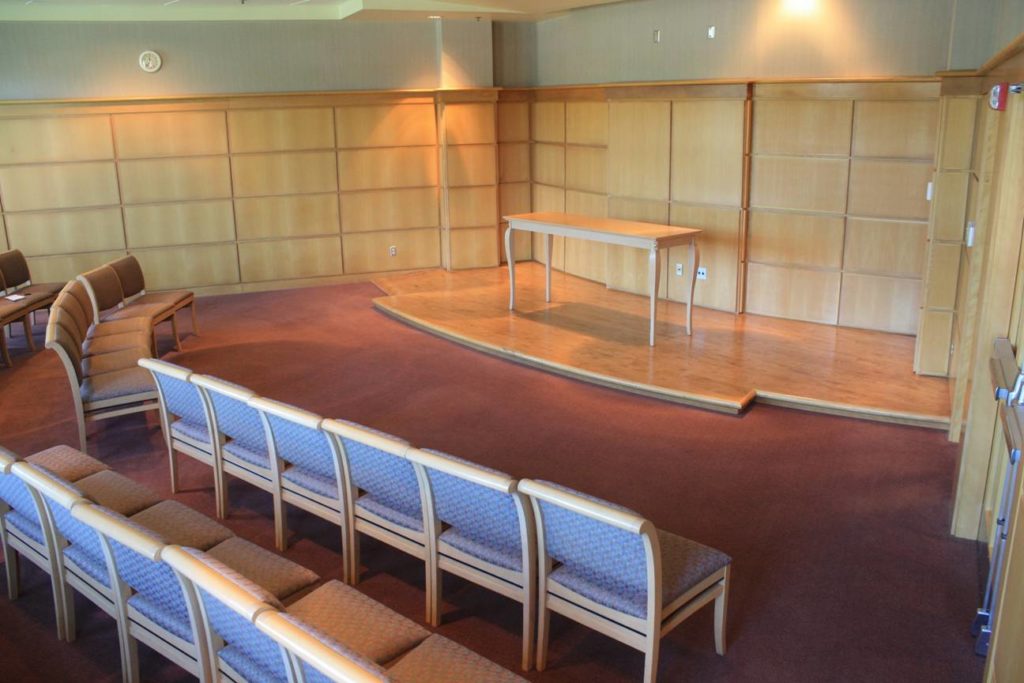
Faith was the uncomplicated cornerstone of the school that evolved into today’s University of Maryland Eastern Shore.
It remains part of the institution’s foundation – although not in as demonstrably visible a role as during the late 19th century, when Methodist Episcopal Church leaders founded the institution.
The nine Blacks who enrolled at the new Delaware Conference Academy in September 1886 had faith a church-supported school would provide them an education that American society at-large would not commit to for generations.
Students and their families also trusted in the faculty: Benjamin O. Bird, the first principal who studied theology at Centenary Biblical Institute in Baltimore; and Jacob C. Dunn, an instructor who went on to become a respected Methodist Episcopal pastor.
Classes offering Bible instruction routinely were part of the curriculum in the early years when the school was known as Princess Anne Academy, and students were expected to attend chapel well into the 20th century. This practice was not unusual; the two men who followed Bird as Academy principal also had extensive religious training.
There was no money, however, to build a house of worship on campus, so students found spiritual fulfillment at churches in the neighboring community.
Metropolitan United Methodist Church , whose congregants laid a cornerstone within days of the Academy opening in 1886, has enjoyed unofficial status as the university’s spiritual partner throughout its shared history.
University employees have a long-standing tradition of being members of Metropolitan UMC and students routinely attend services there when classes are in sessions. Metropolitan’s pastor is often a fixture at official school events, including commencements and convocations.
Over the years, Metropolitan UMC also has provided support to the Wesley Foundation, a United Methodist campus ministry found at many of the nation’s colleges and universities.
Depending on the level of interest on the UMES campus, the student group is sometimes active – it is included in yearbooks under student organizations – while at other times it goes on hiatus. That’s also been the case with the Young Men’s (and Women’s) Christian Association chapters, and groups of students from Catholic and Episcopal backgrounds.
Campus ministry groups typically use a non-denominational chapel in the Student Services Center, which opened in 2001. Prior to that, UMES students had access to a similar facility in buildings that housed student activities and organizations elsewhere on campus. A steady stream of students looking for a quiet place to reflect or say a prayer use the chapel.
As UMES has grown and times have changed, so have faith groups. During its 125th anniversary year, the Ethiopian Orthodox Fellowship, the Praise and Crossroads Interdenominational fellowships, the Muslin Student Association and the Catholic Campus Ministry were recognized by the university’s student activities office to use the chapel for services and related activities.
The Baptist Student Ministry; Alpha Nu Omega, a Christian alternative group; and Todah Hands in Ministry, which uses sign language to minister to the hearing impaired, also have had a presence on campus in recent years. They and related faith groups have comprised the United Interfaith Alliance, an organization dedicated to “coordinate, promote and provide direction to interfaith life and values.”
During Thelma B. Thompson’s tenure as president (2002-2011), the university held an ecumenical prayer breakfast, from which money generated by ticket sales underwrote scholarships. It was not unusual for that spring-semester event to feature singing by UMES students, including the Gospel Choir, which draws historical inspiration from the institution’s early days when it was church-supported.

